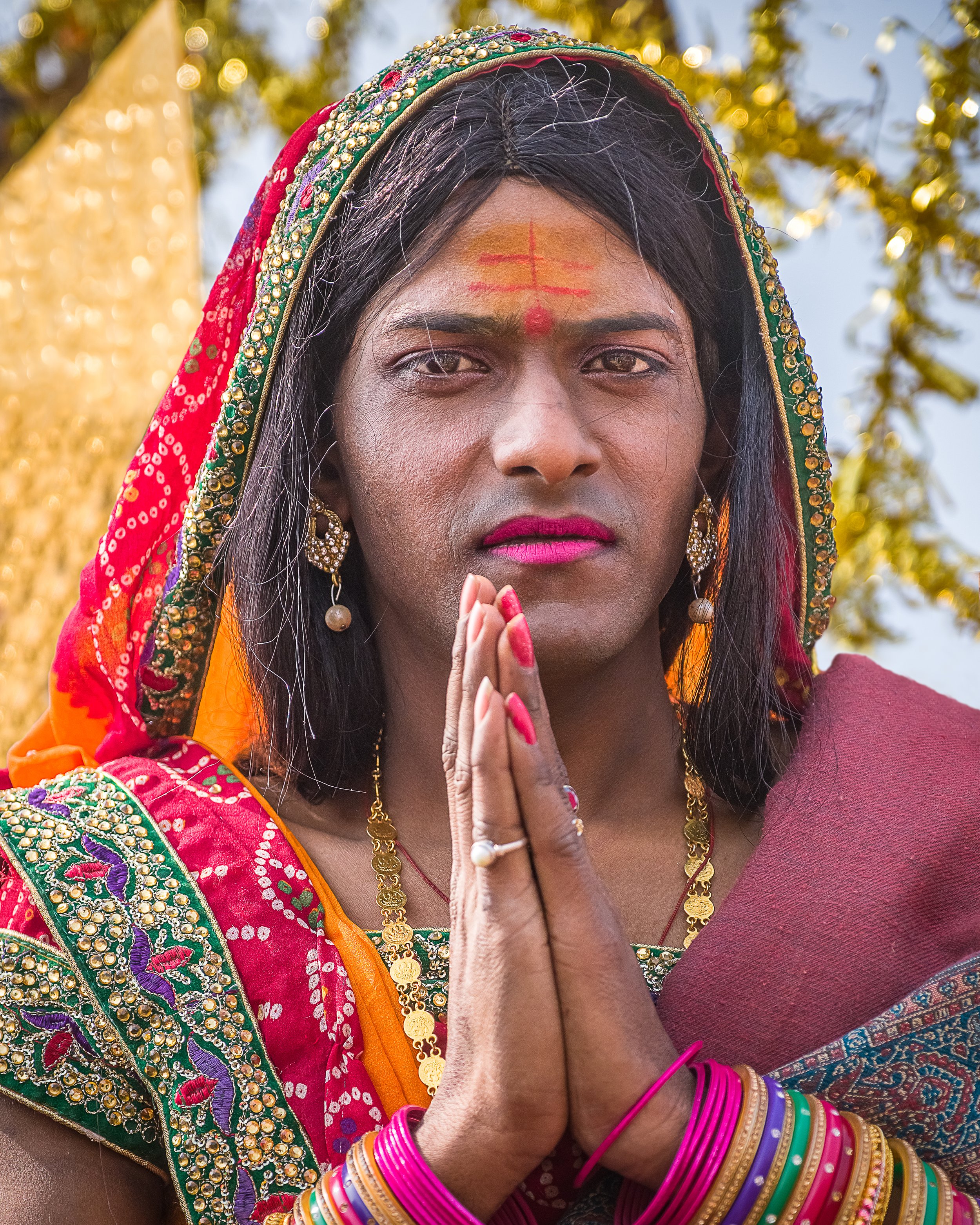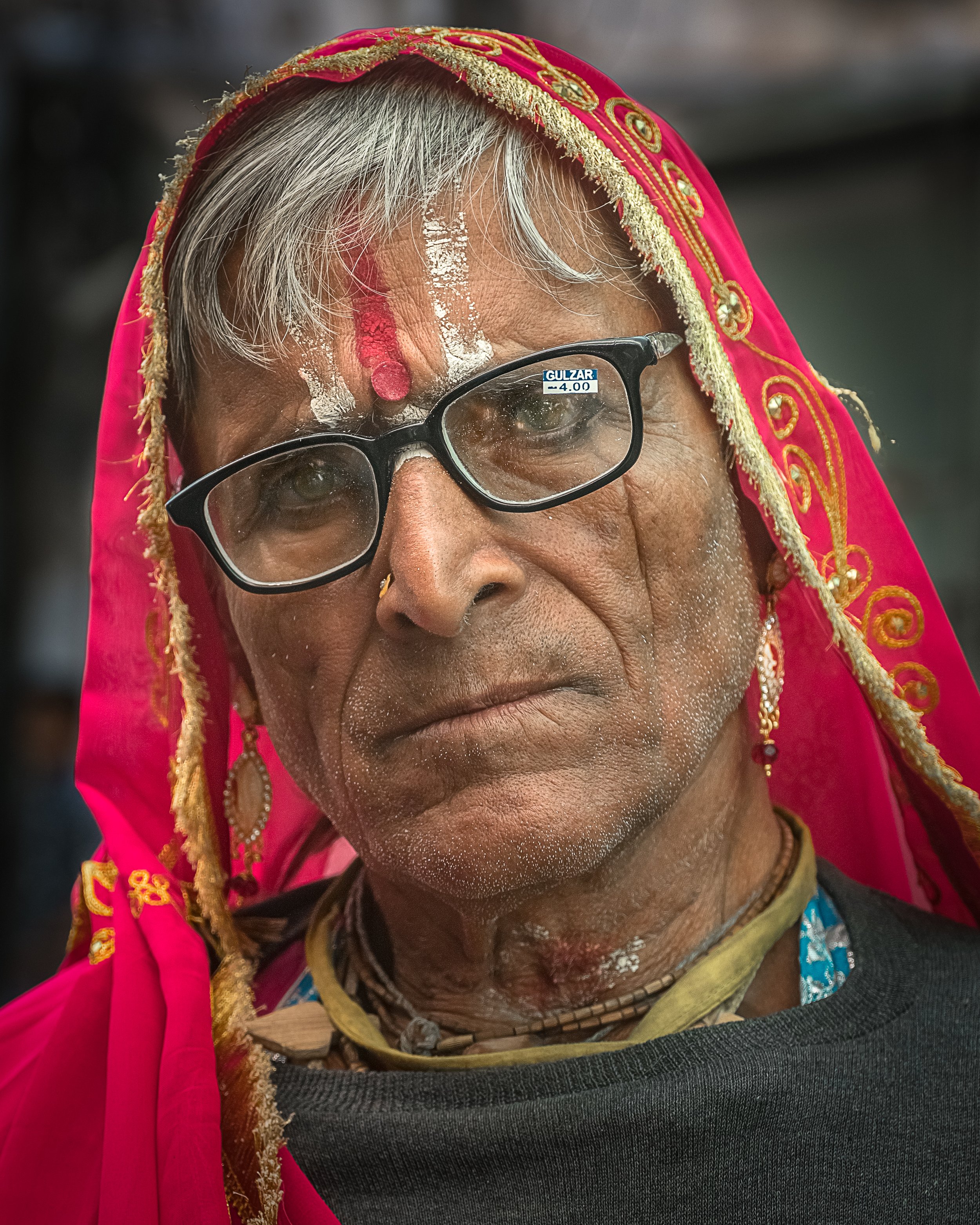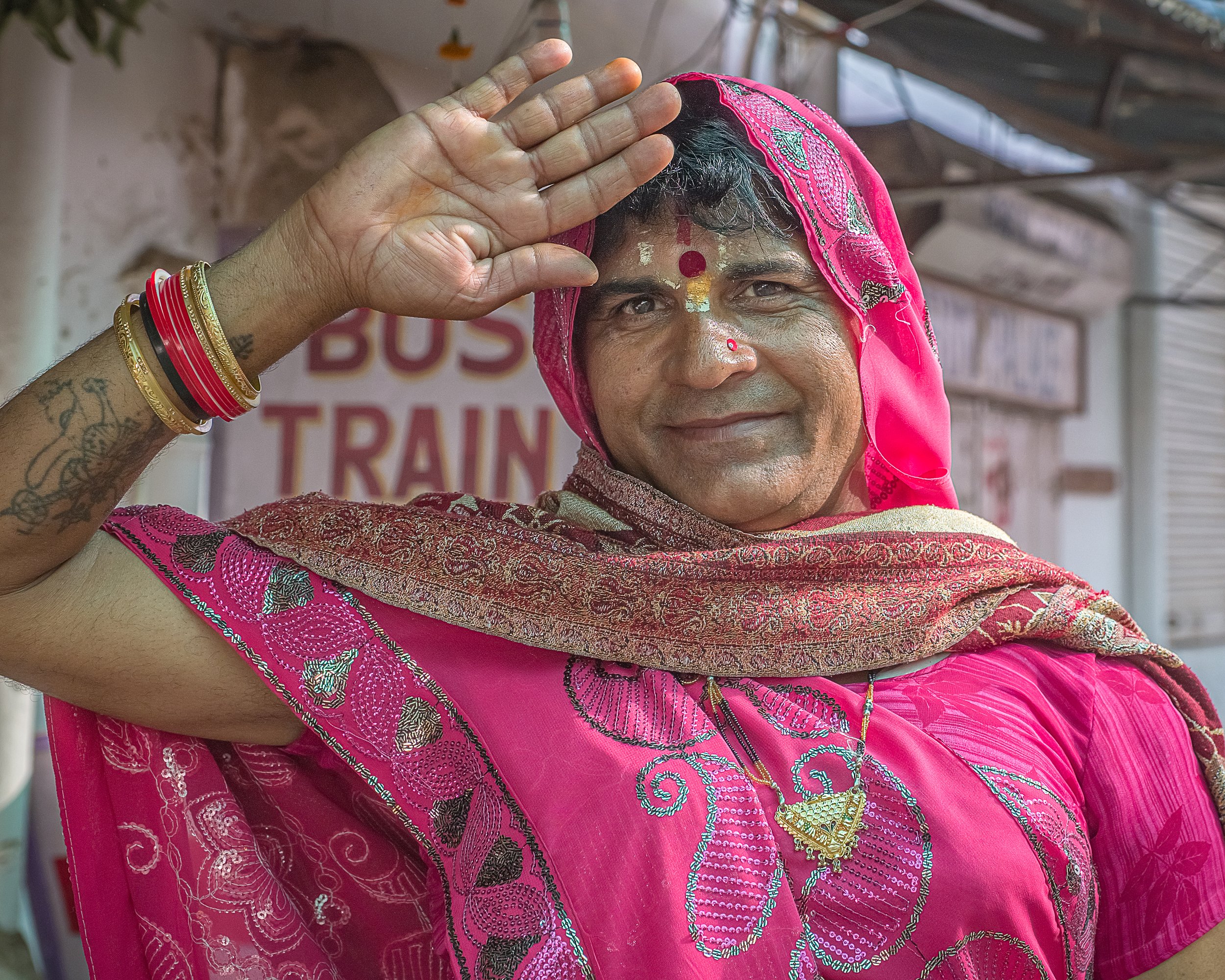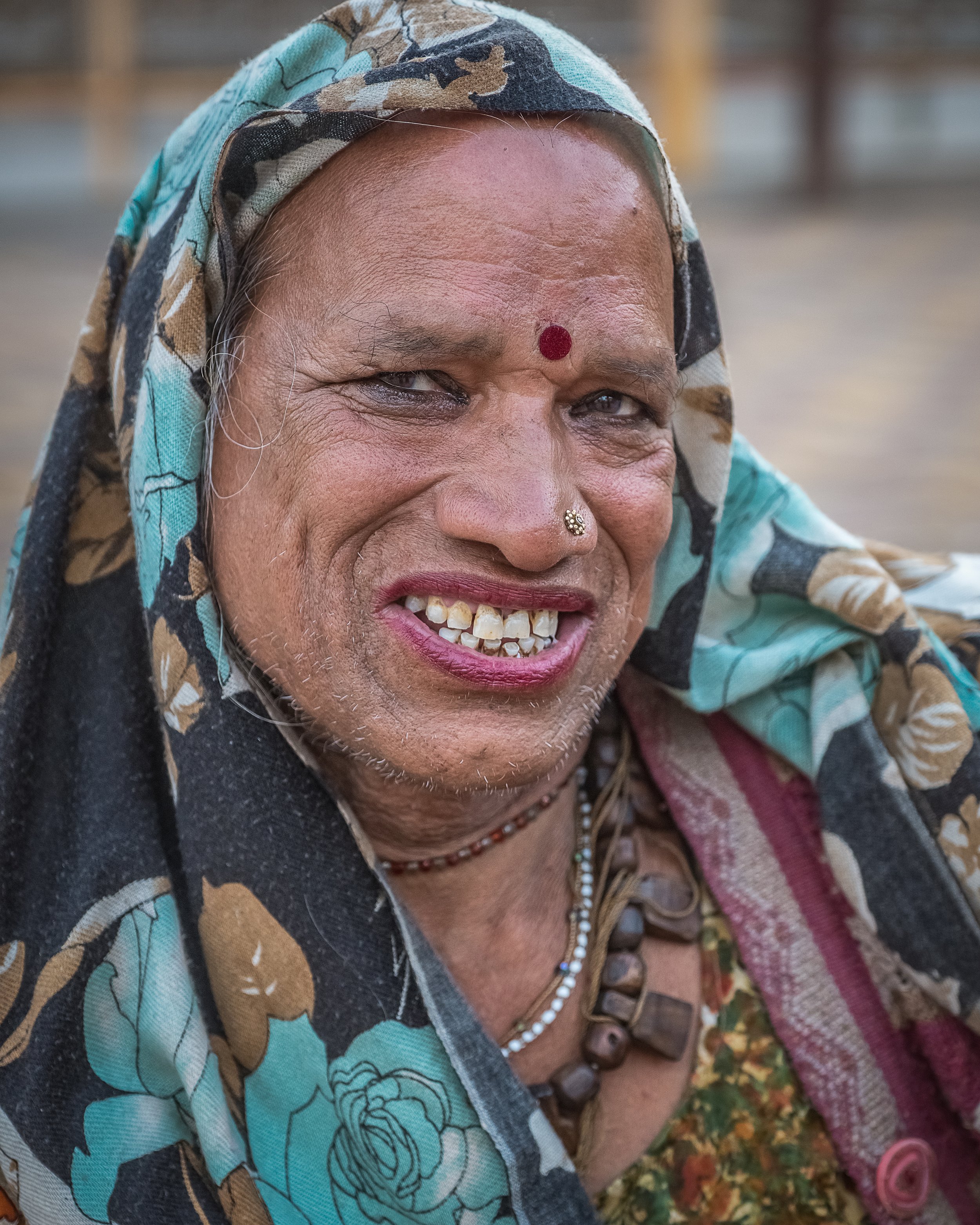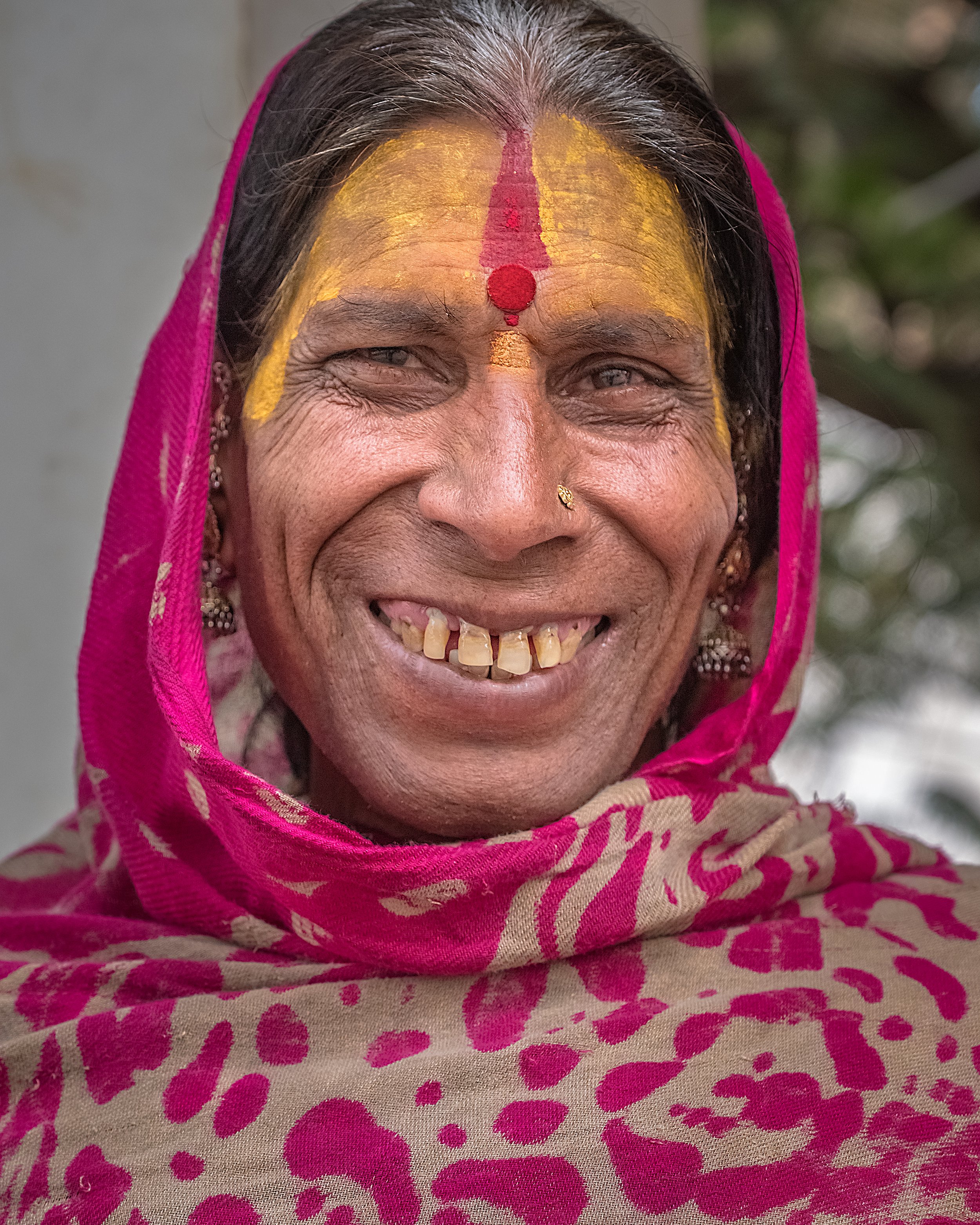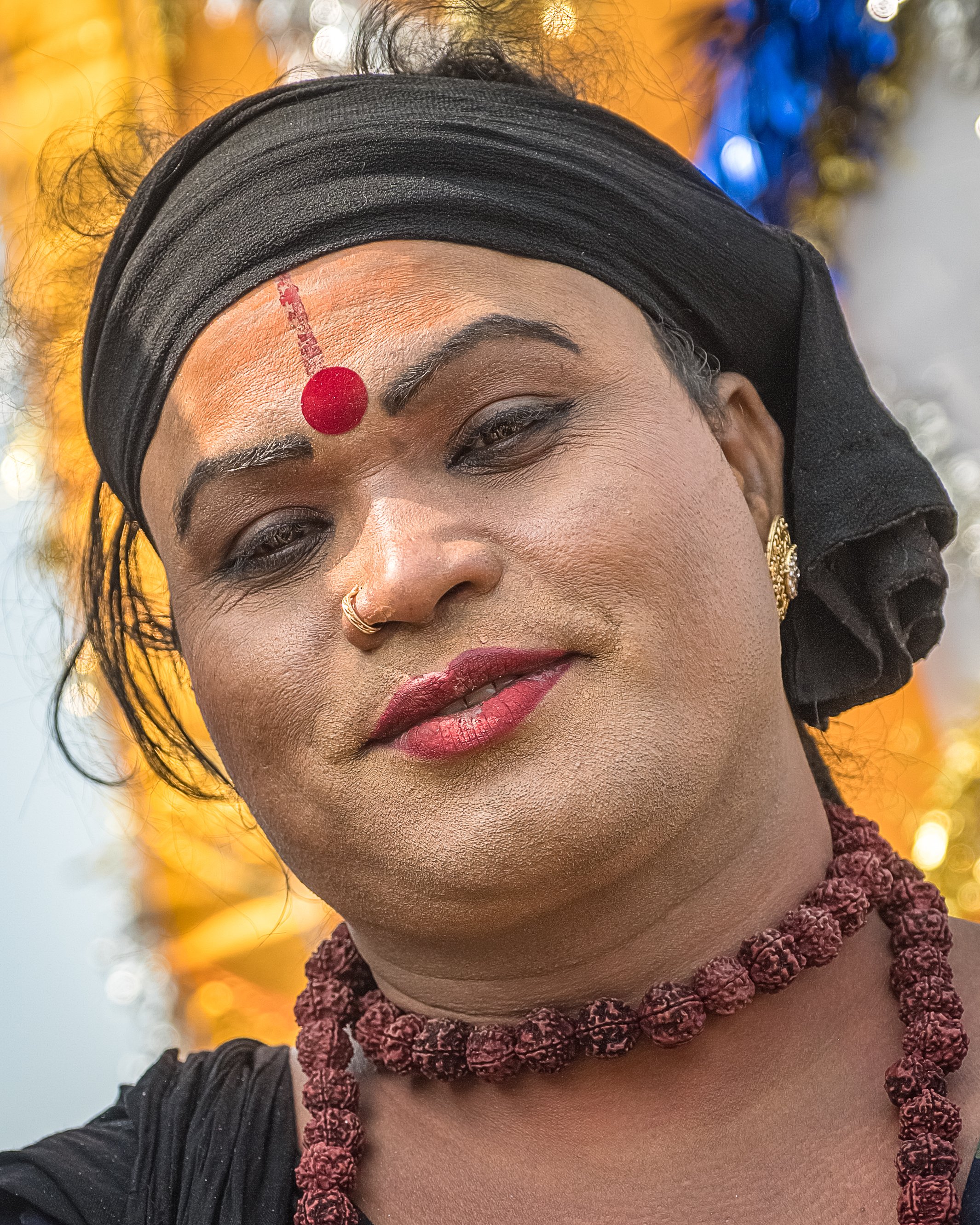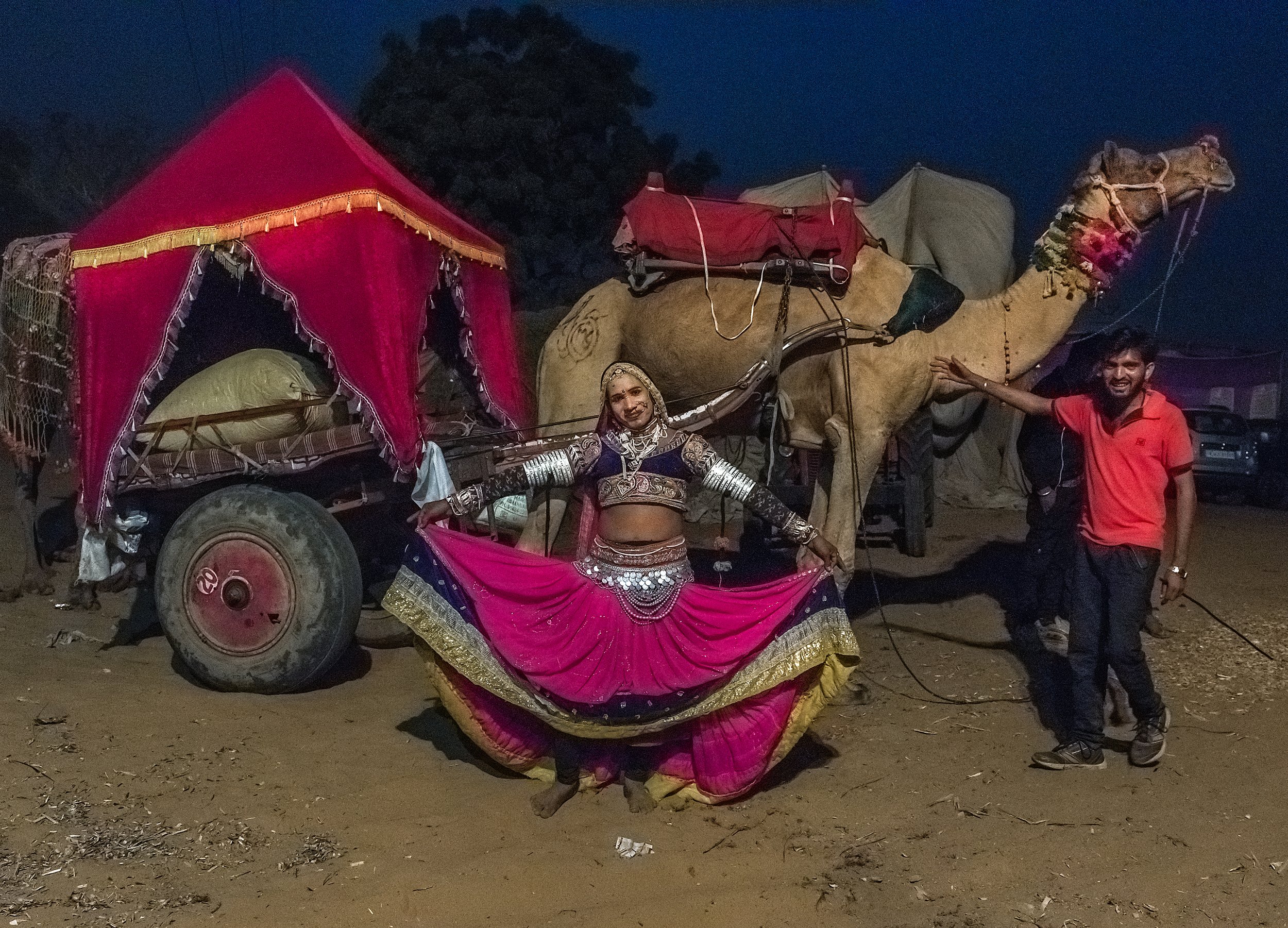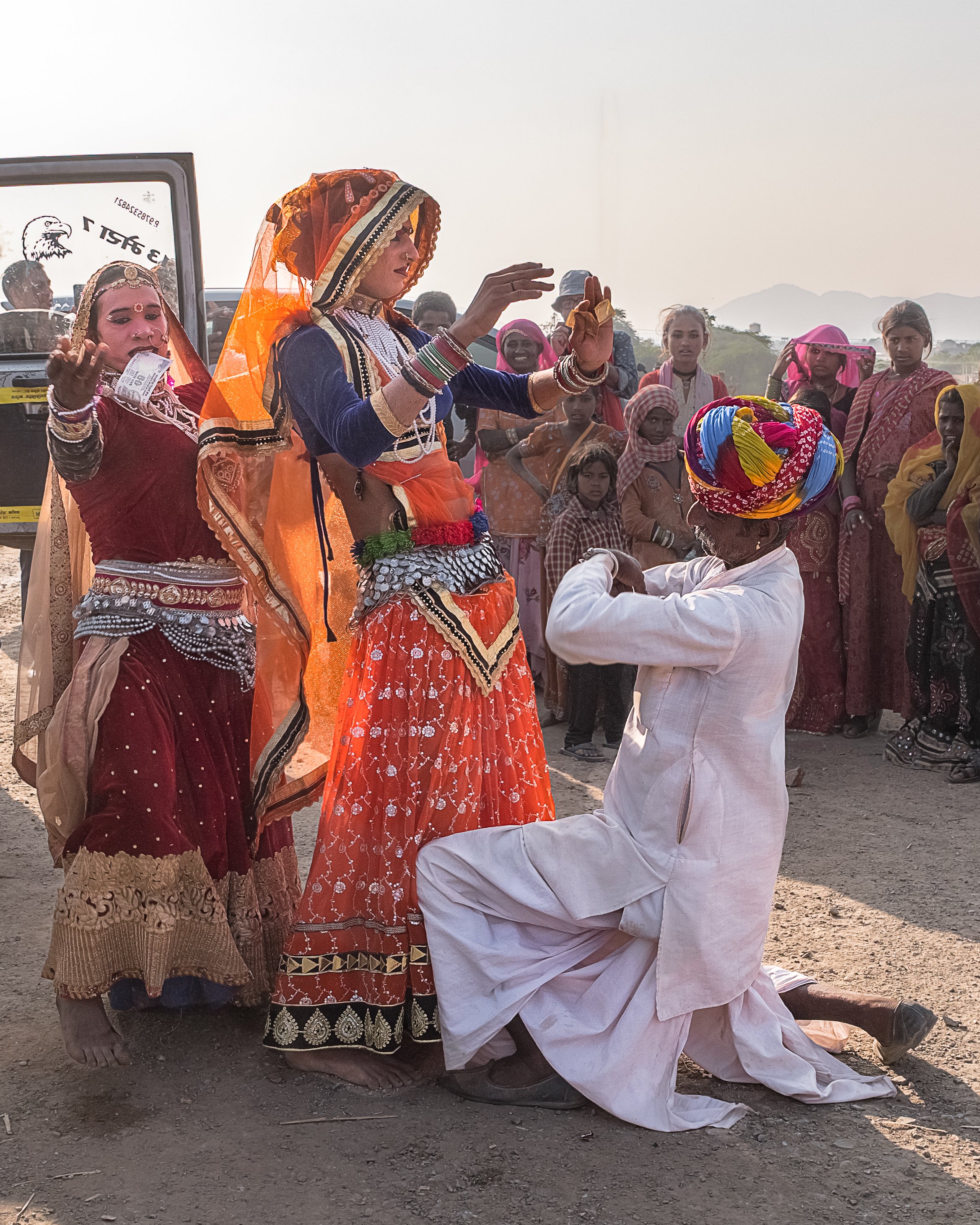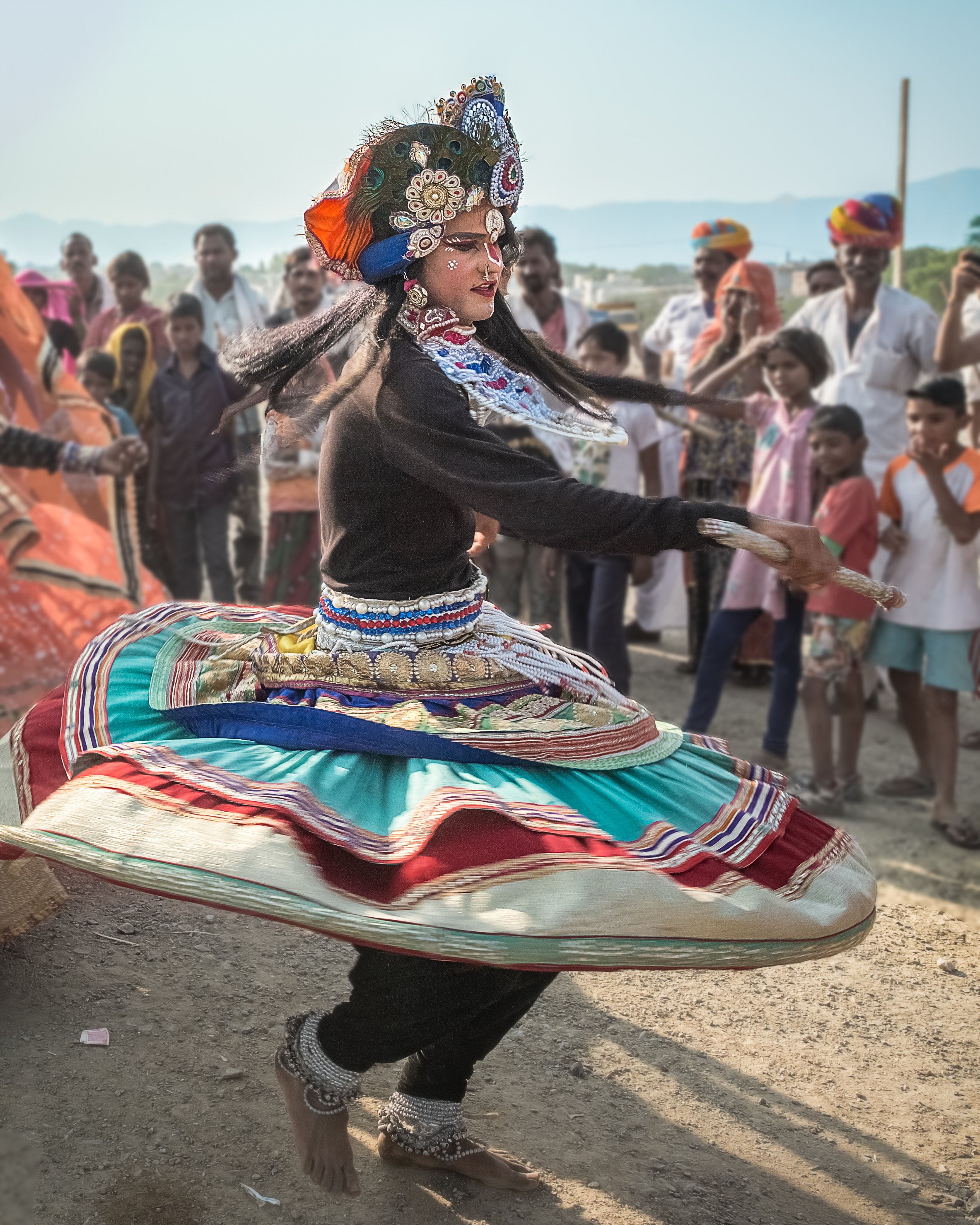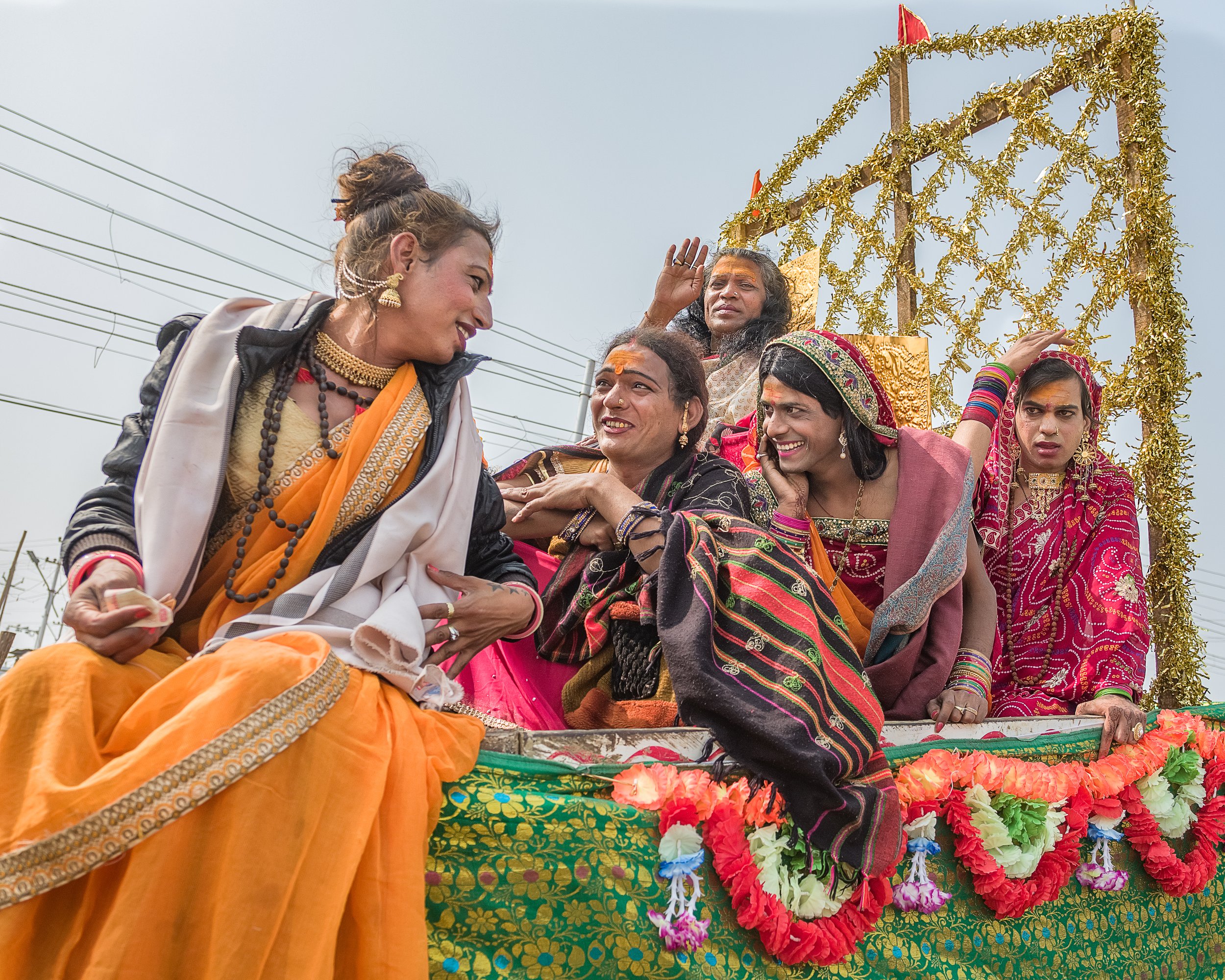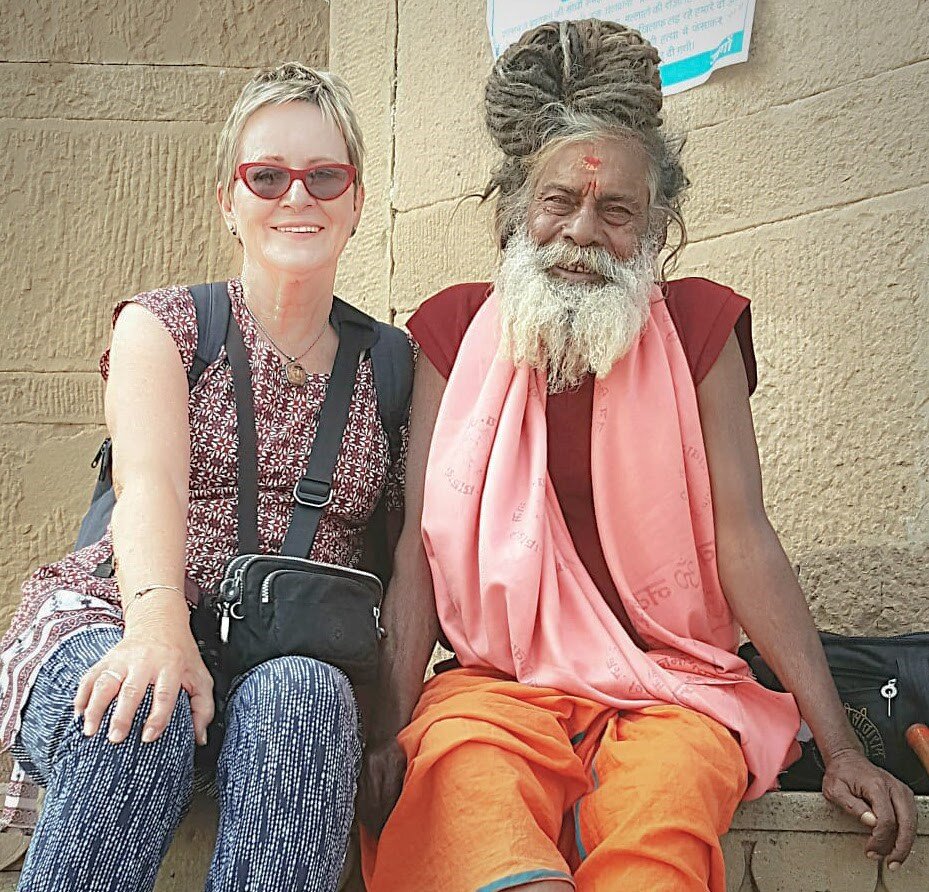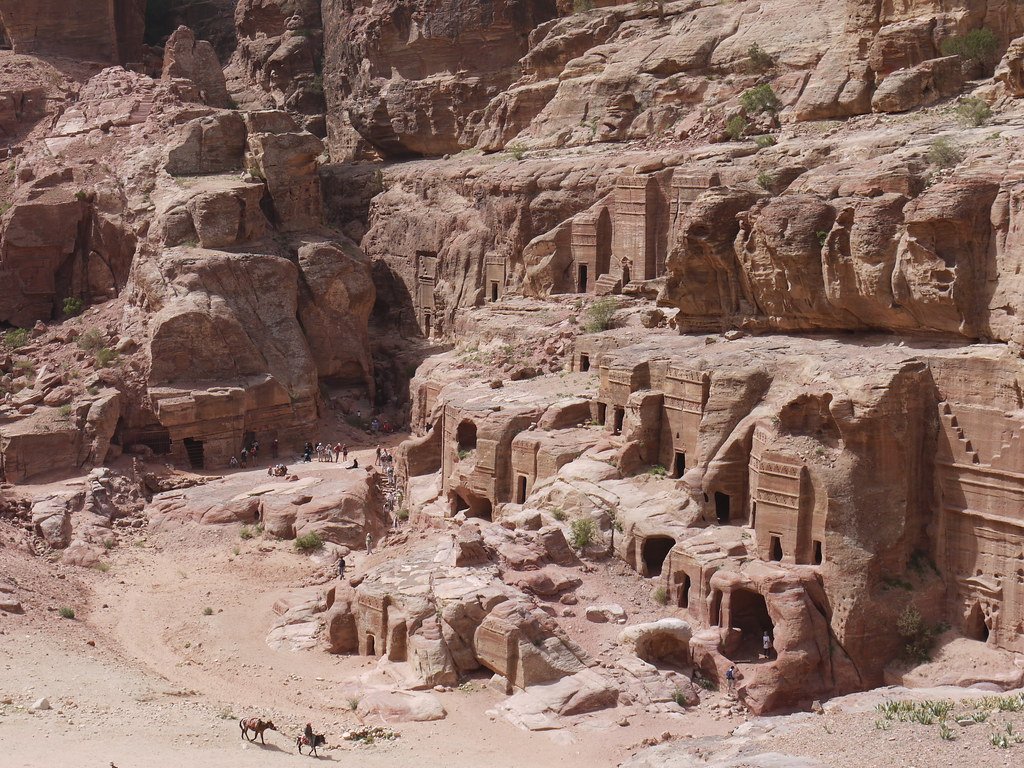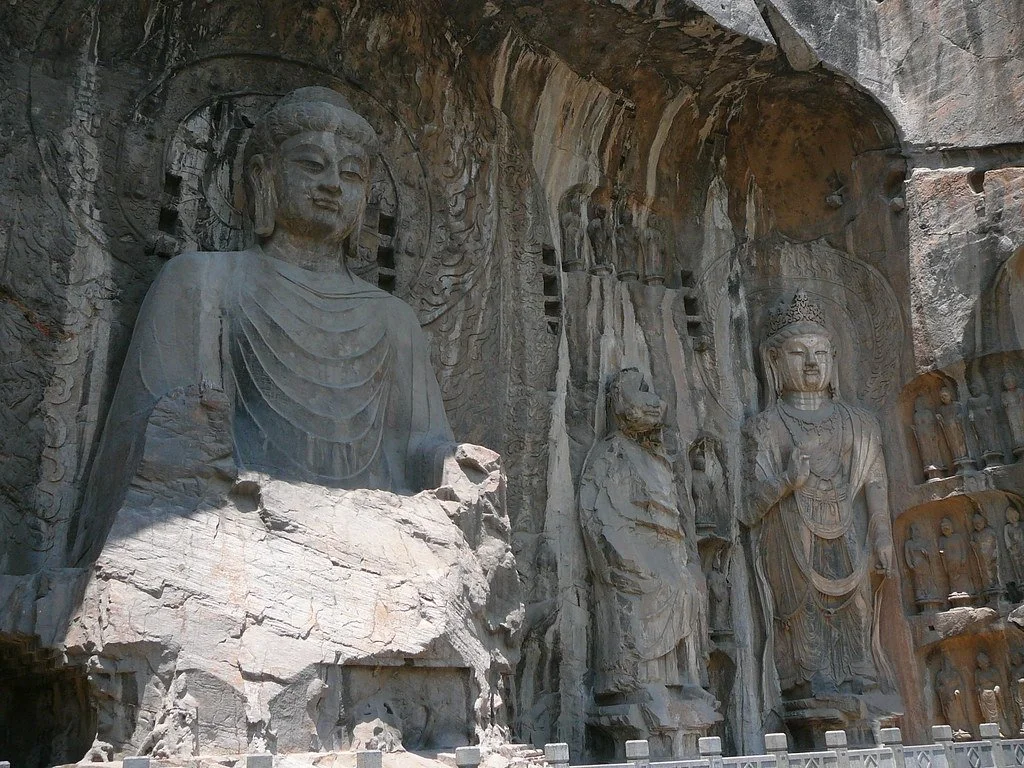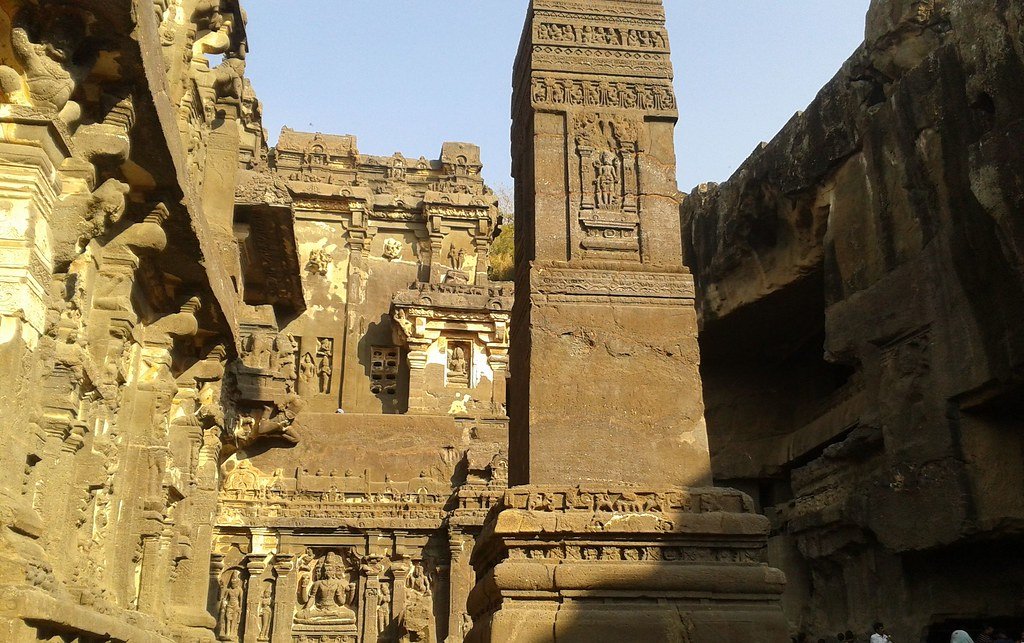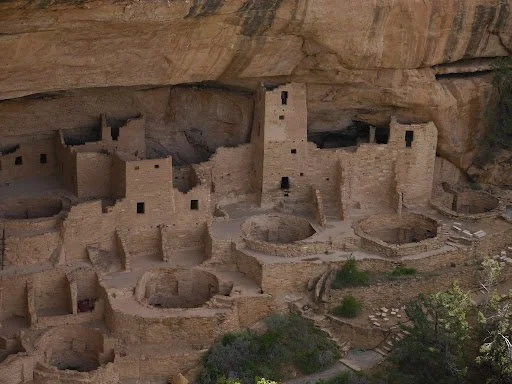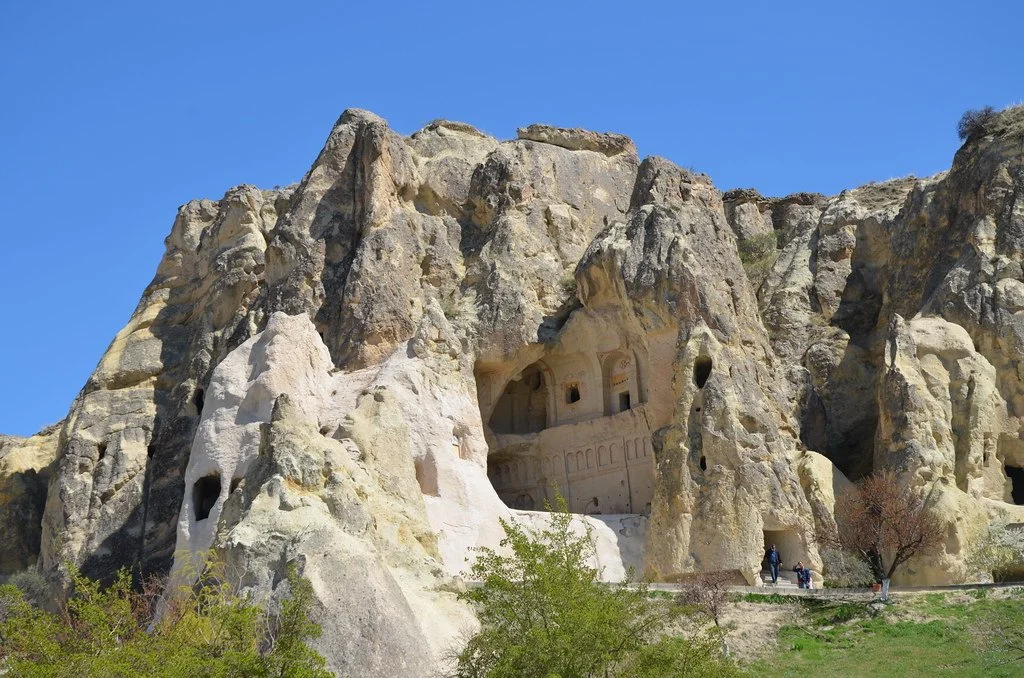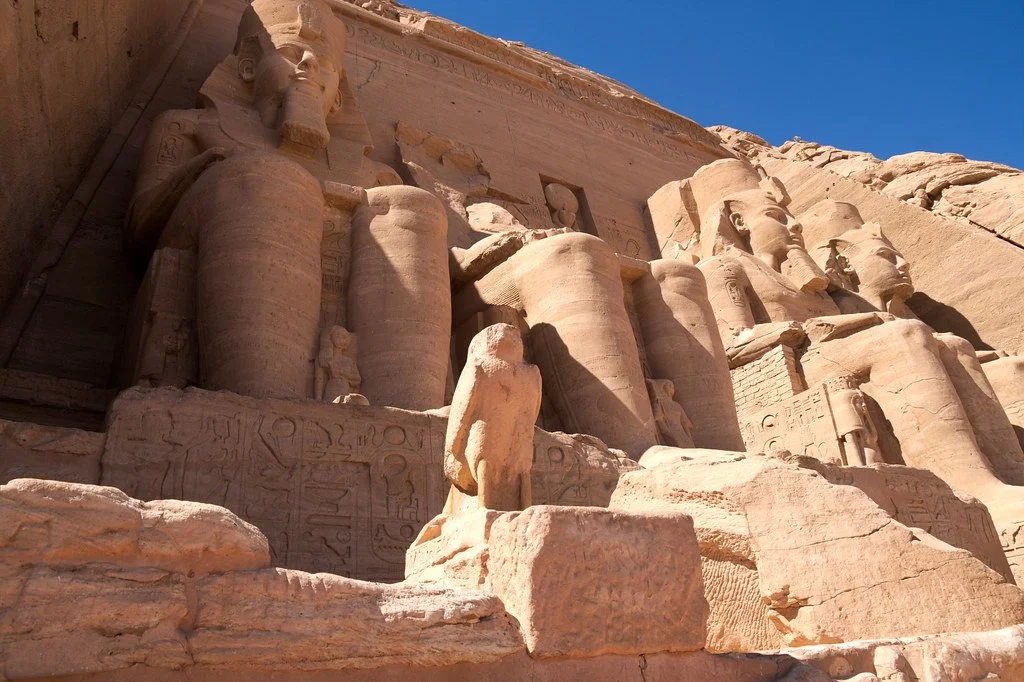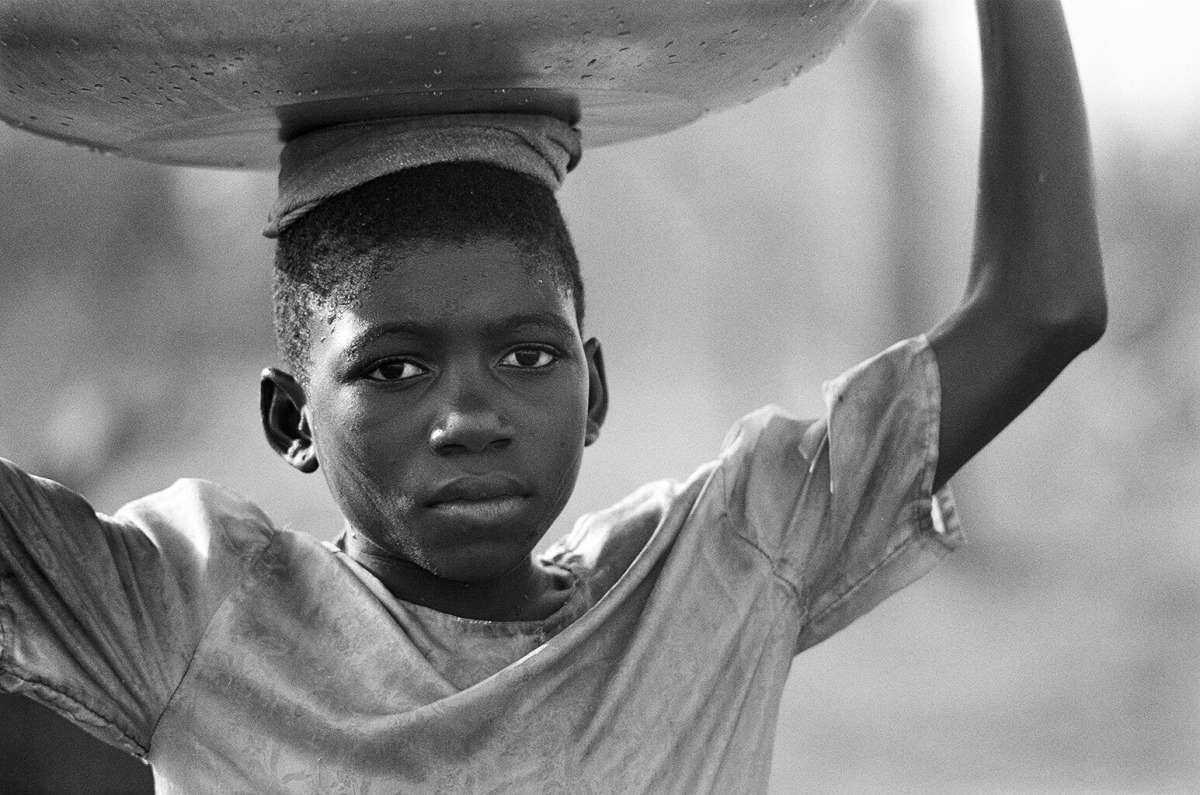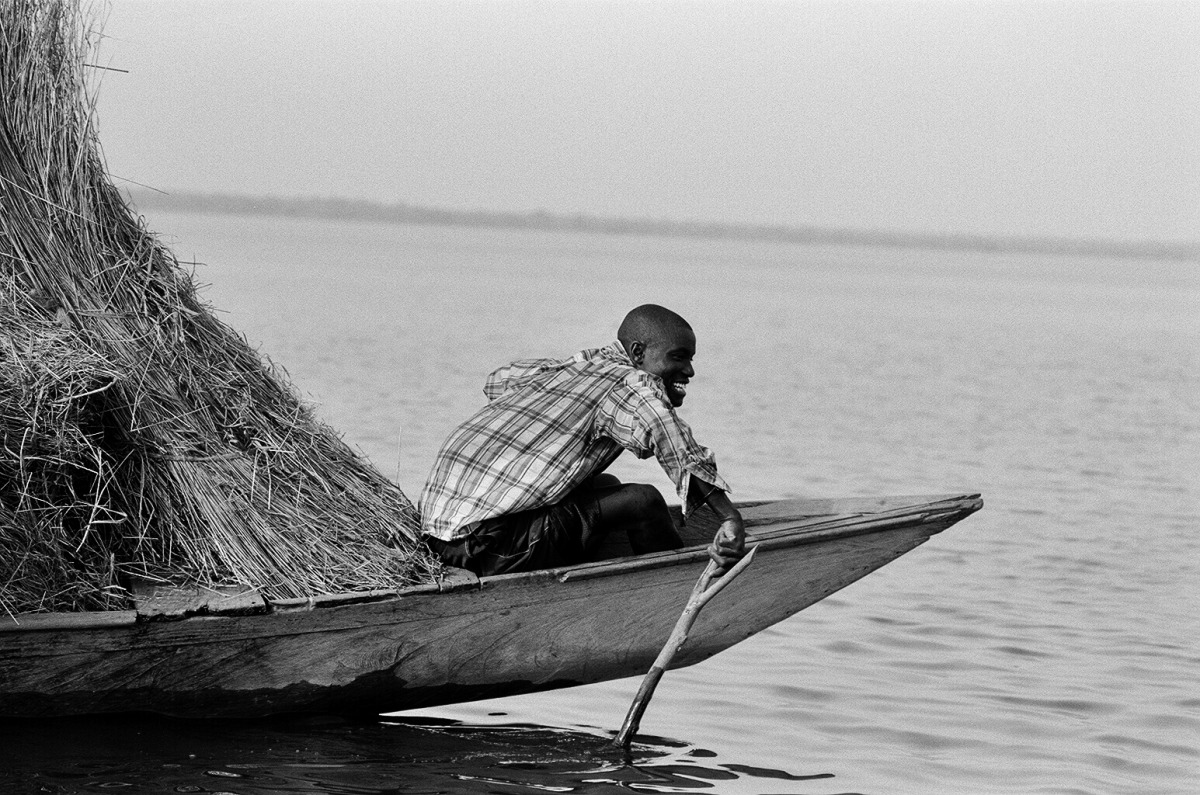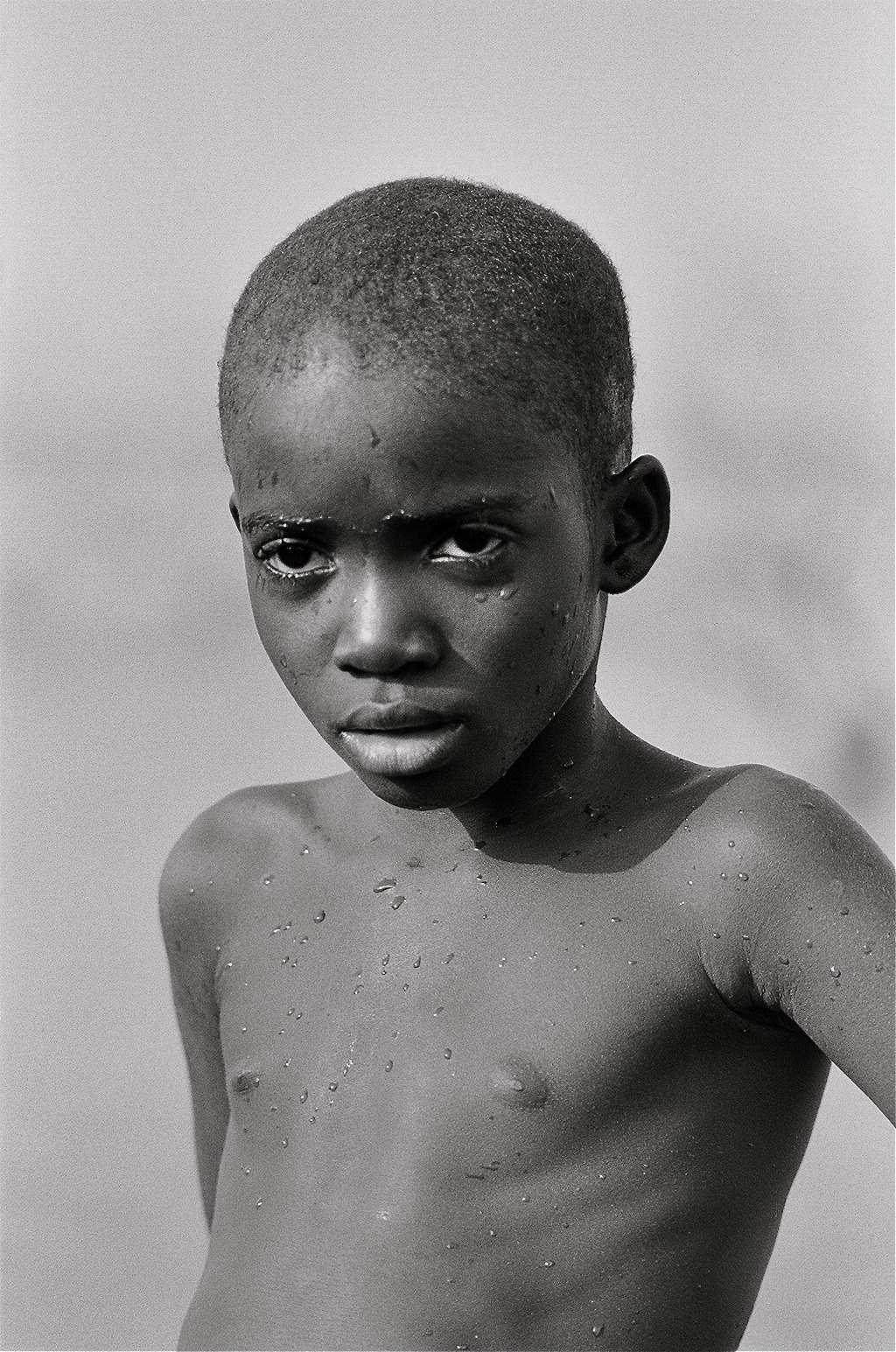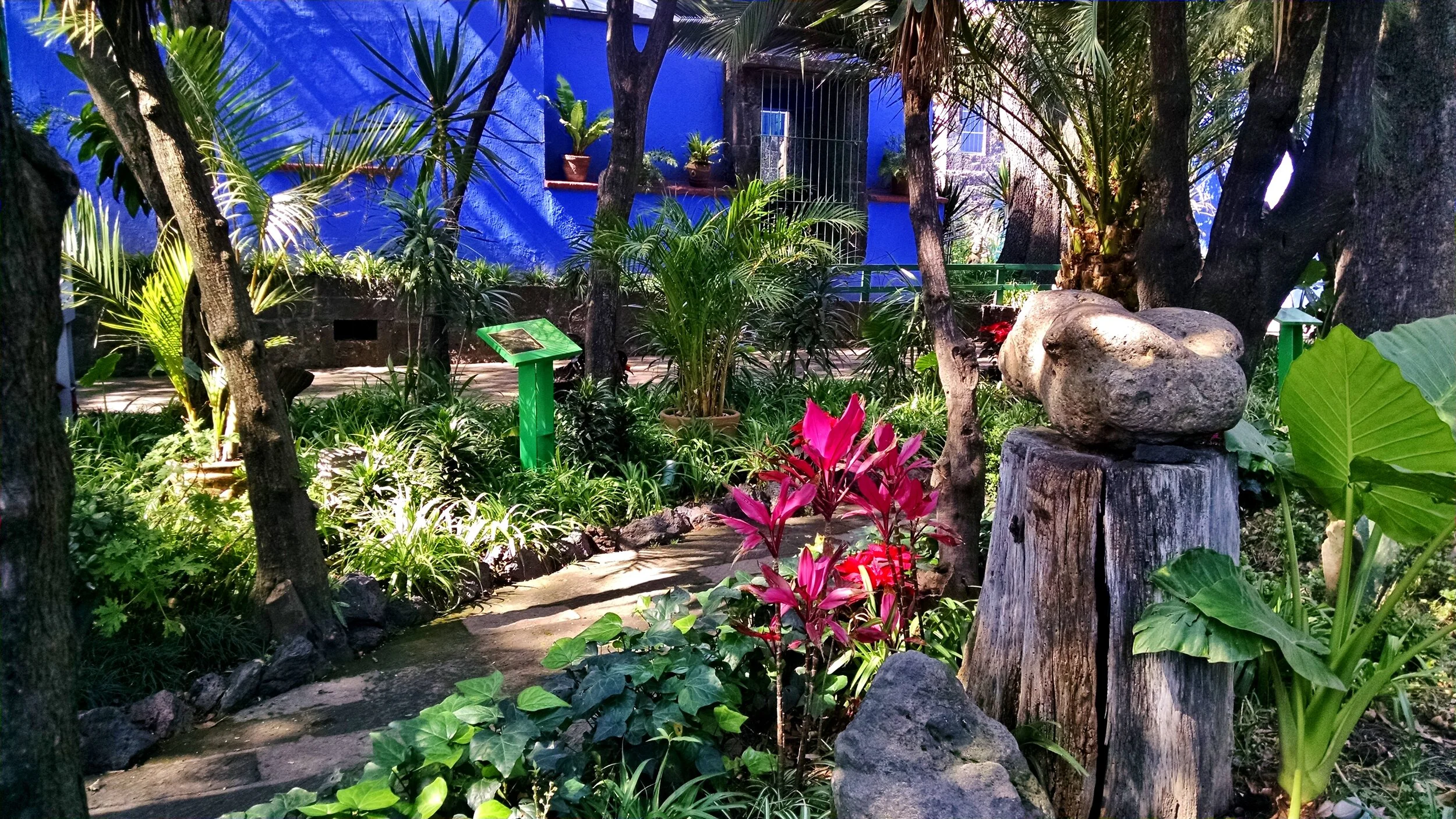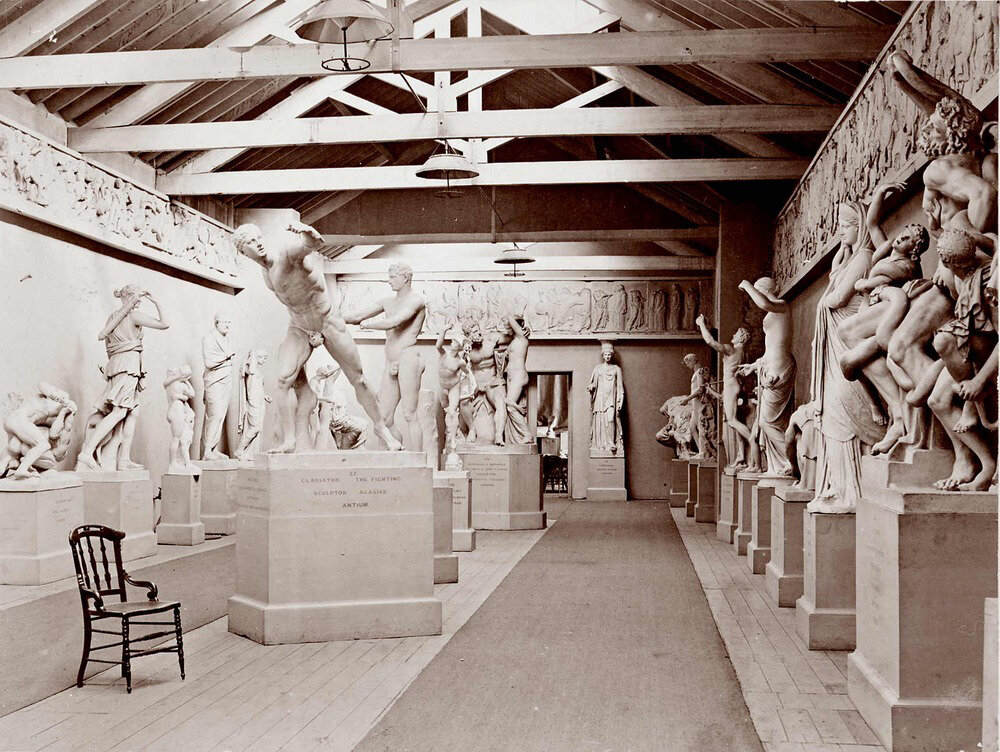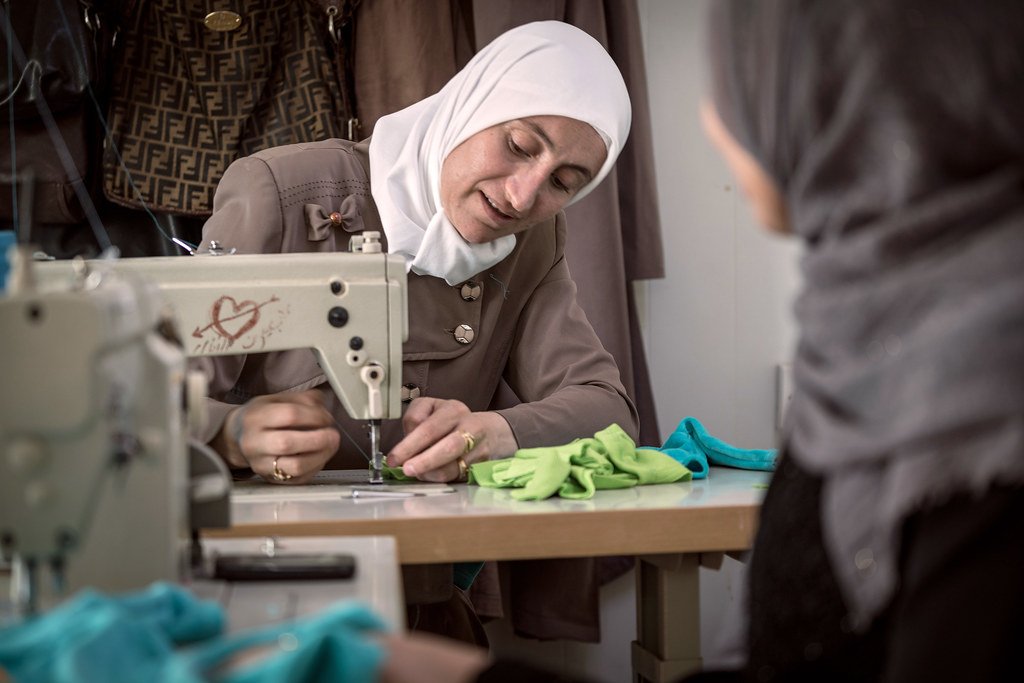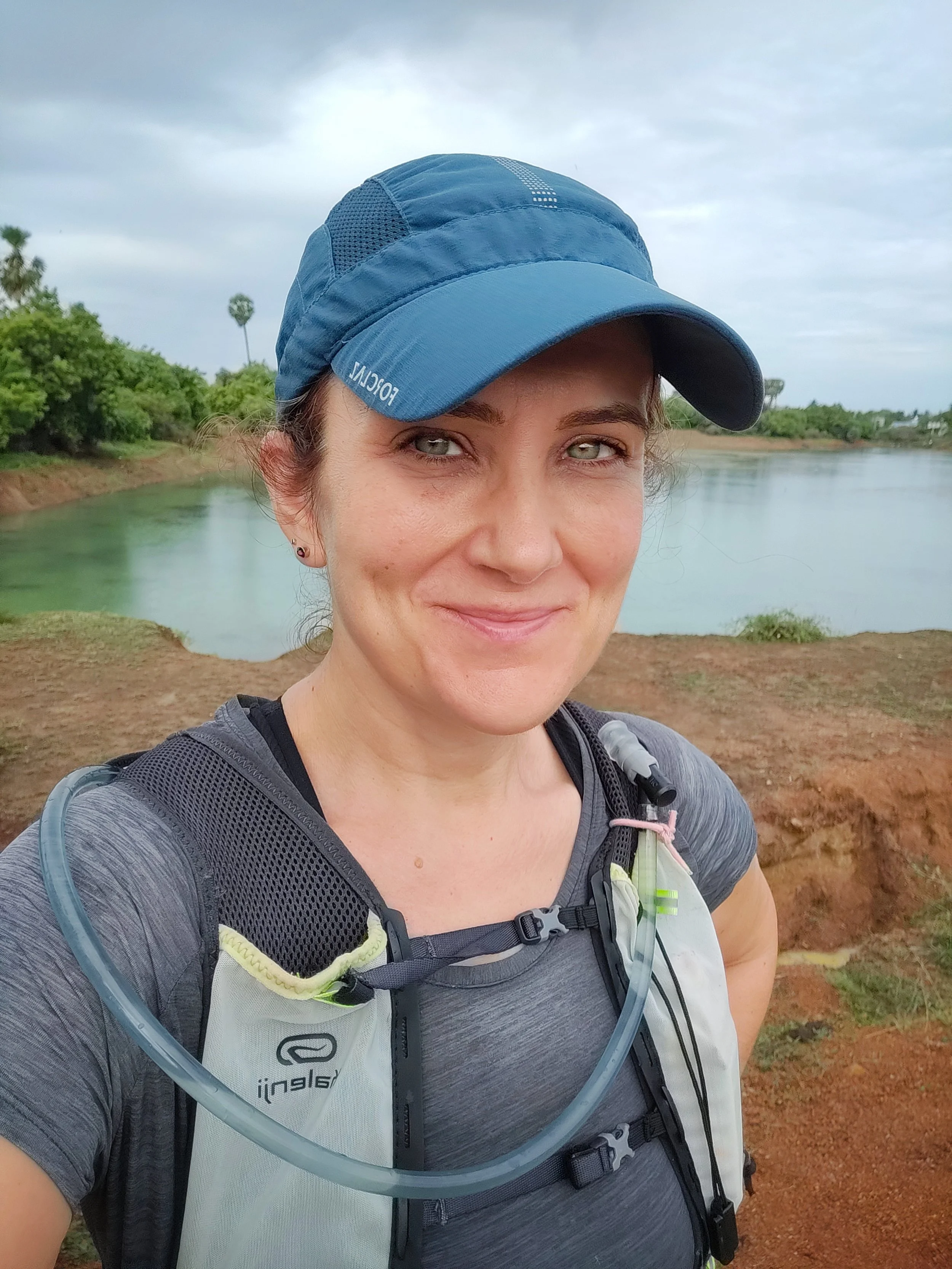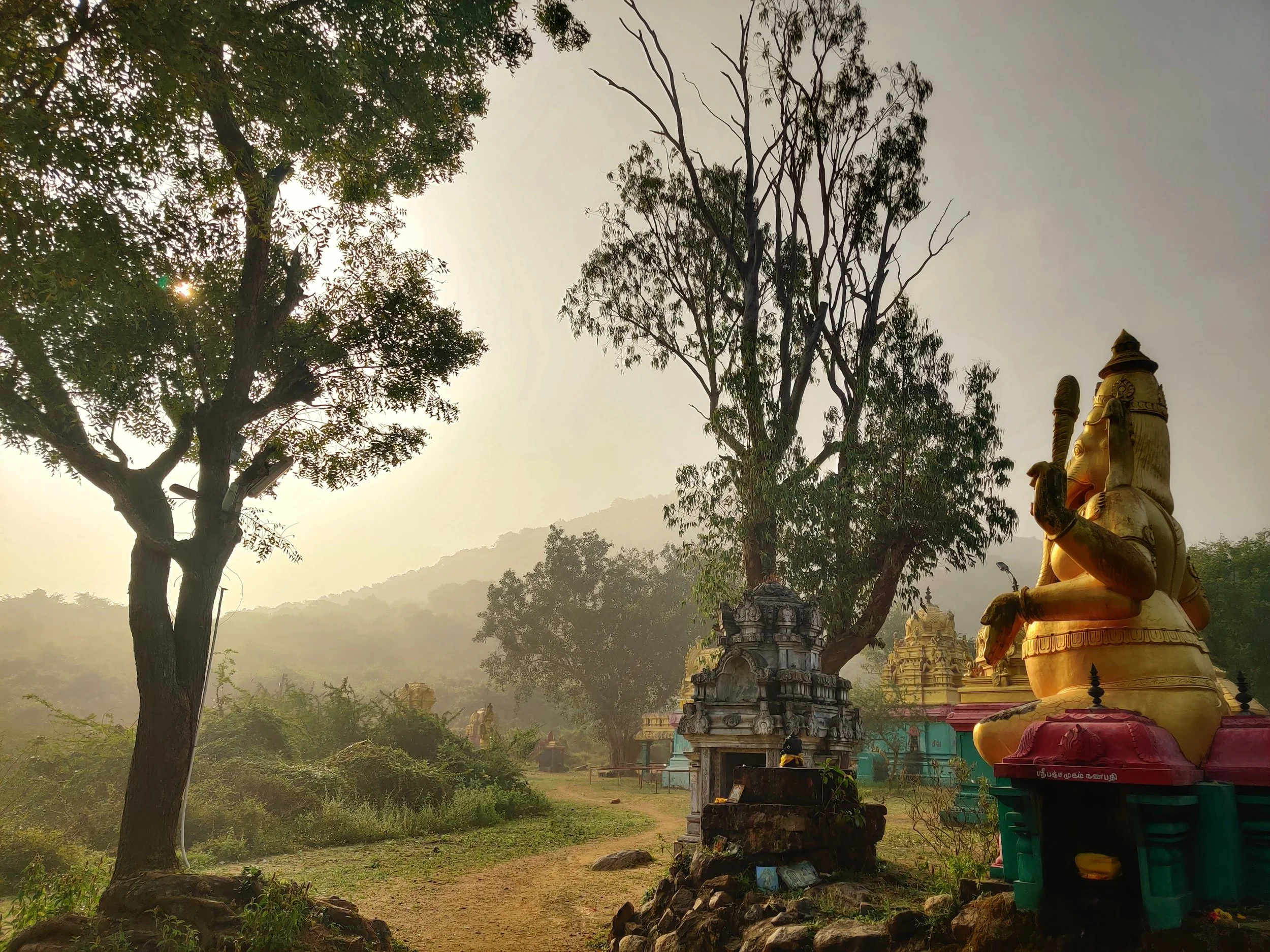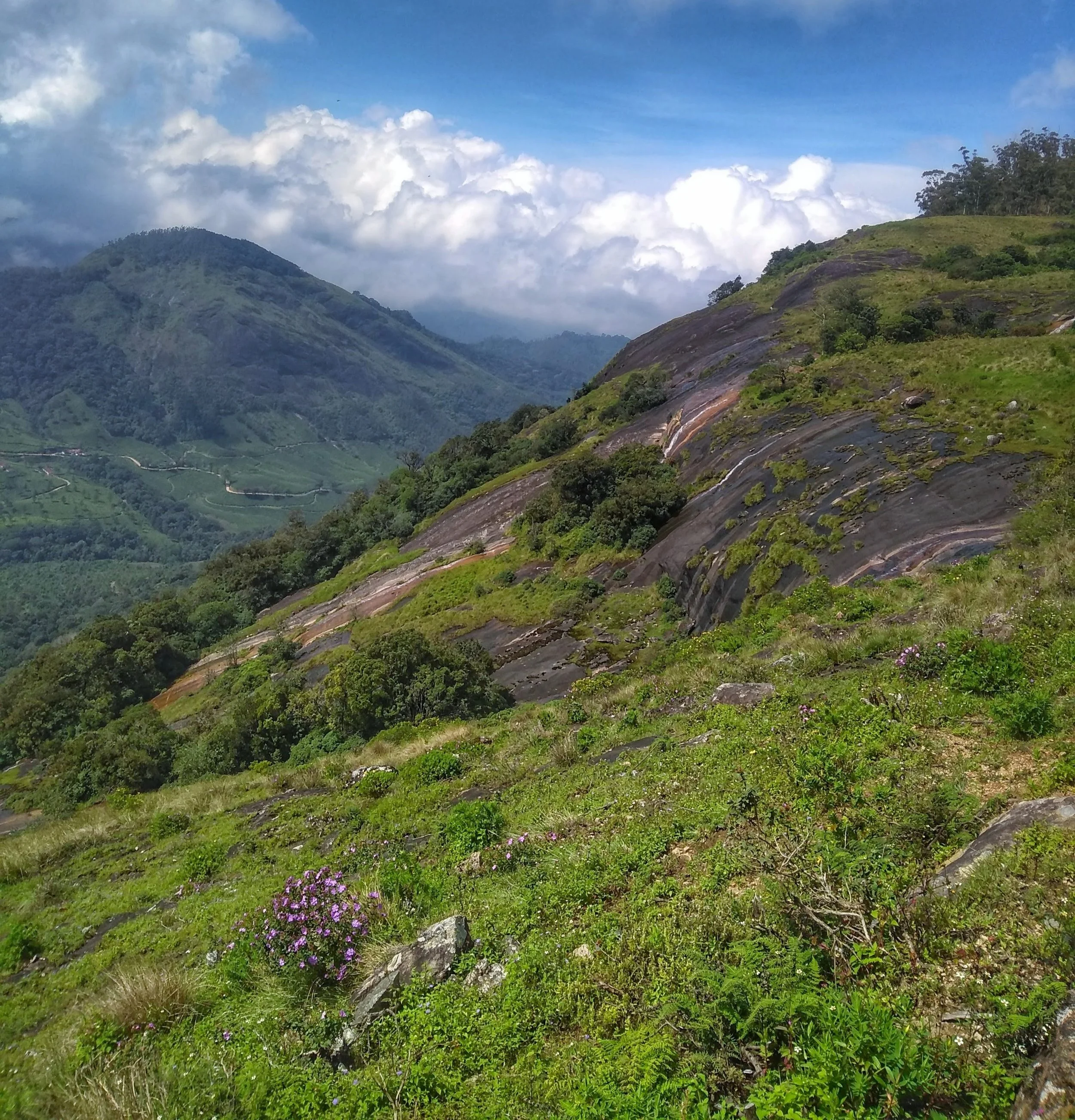Consider yourself an adventurer on a temporary hiatus? Life’s distractions make it easy to put travel on the backburner: financial difficulties, the dog ate your atlas, your significant other has a case of the measles. If any of these excuses sound familiar, you’re in need of a reminder why travel is rejuvenating for the mind and spirit. And, as we’ve discussed before, it can be low-cost! The following 10 authors, entrepreneurs and leaders lived in vastly different time periods, locations and social contexts. However, they shared one common interest: a love of travel. Still not convinced? Look at what they have to say.
1. "Travel is like knowledge. The more you see, the more you know you haven't seen." — Mark Hertsgaard
Mark Hertsgaard is a contemporary journalist and author from the United States. As the environmental correspondent for The Nation, Hertsgaard remains an independent journalist in order to pursue any story that catches his attention. He’s traveled around the world twice and reported from 26 countries. With all his jet setting, you’d think Hertsgaard would be tired of it. Yet to him, every adventure is a reason to seek out more.
2. “Take only memories. Leave nothing but footprints.” — Chief Seattle
Chief Seattle was a Suquamish Tribe and Dkhw’Duw’Absh chief during the 19th century. As a prominent figure among his people, Seattle sought accommodation over conflict when white settlers compromised the land. His message remains powerful today, especially when considered from an environmentalist perspective. From a personal perspective, one is reminded of the power of memory: travel lightly. Your mind is your scrapbook.
3. "I live my life in widening circles that reach out across the world." — Rainer Maria Rilke
Rainer Maria Rilke was a Bohemian-Austrian poet and novelist at the start of the 20th century. Critics often describe his work as inherently “mystical,” which resonates with the analogy of widening circles. To live life in widening circles is to push against external limitations. One way to make this analogy a reality is to travel! Global exploration provides opportunity to connect with others and to strengthen social networks. The farther you go, the more you’ll feel at home in any location.
4. “Traveling is like flirting with life. It's like saying, 'I would stay and love you, but I have to go; this is my station.'" — Lisa St. Aubin de Teran
Lisa St. Aubin de Teran is a contemporary English novelist. In her quotation, travel itself is the object of affection. Every opportunity to visit a new place is a chance to flirt with an unfamiliar slice of life. With the whole world in front of you, how can you ever get lonely?
8. “It is only in adventure that some people succeed in knowing themselves – in finding themselves.” – Andre Gide
Andre Gide was a French author who wrote during the early 20th century. His advocacy for adventure is a reminder of what helps us grow: the unknown. To set out on an adventure is to face uncertainty head on. It’s often in these moments when our true colors show. Adventure can be found around every corner. So get out there and explore!
6. “I see my path, but I don’t know where it leads. Not knowing where I’m going is what inspires me to travel it.” – Rosalia de Castro
Rosalia de Castro was a Galacian romanticist, writer and poet during the late 19th century. Although her quotation speaks to metaphorical travel, the sentiment remains: not knowing your destination is half the fun! You never know where a chance-encounter might lead.
7. “It is good to have an end to journey toward; but it is the journey that matters, in the end.” ― Ernest Hemingway
Ernest Hemingway was an American novelist whose writing style had a strong influence on 20th-century fiction. Like Rosalia de Castro, Hemingway is celebrating the journey. To begin a trip with preliminary plans is helpful: embracing the unexpected is what turns a trip into a journey!
8. “A ship in harbor is safe, but that is not what ships are built for.” – John A. Shedd
John A. Shedd was an American author and professor who lived during the first half of the 20th century. Travel propels us outward – by land or by sea. If you have the motivation, what’s holding you back? Like ships at sea, humans are equipped for mobility. It’s difficult to experience the world from the confines of your neighborhood. Next time you think you should play it safe and skip the trip, remember what you’re capable of – don’t let it go to waste!
9. “We wander for distraction, but we travel for fulfillment.” – Hilaire Belloc
Hilaire Belloc was an Anglo-French writer and historian at the start of the 20th century. In this quote, he makes a distinction between wandering and traveling. While both activities can be productive, Belloc says that travel will provide greater satisfaction. Travel with a purpose, even if that purpose is simply ‘to go.’
10. "Swim out of your little pond." — Rumi
Rumi was a 13th-century Persian poet; his quotation speaks for itself. There’s an ocean of opportunity beyond the boundaries of your local pond, so dive in and swim!
Sarah Sutphin
Sarah is an undergraduate at Yale University and a content editor for CATALYST. As a traveler who has visited 30 countries (and counting!), she feels passionate about international development through sustainable mechanisms. Sarah has taken an interest in the intersection between public health and theater, and hopes to create a program that utilizes these disciplines for community empowerment. She is a fluent Spanish speaker with plans to take residence in Latin American after graduation.






